There are numerous means to purify water. While you may already have a great purification system at home, it won’t hurt to learn other methods because you’ll never know when you’ll need them! Besides, consuming clean water is vital for our survival.
Table Of Contents
−Come and let’s learn the different ways to purify water!
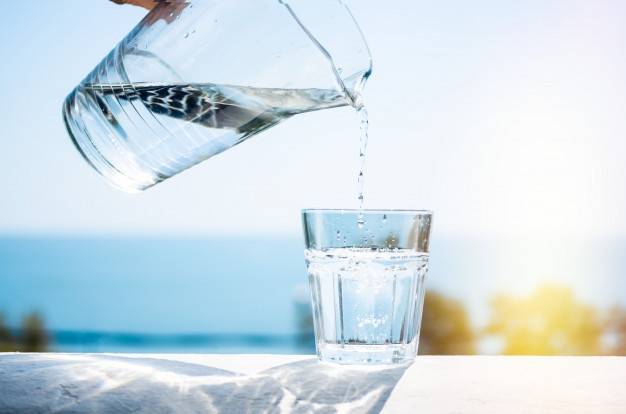
How important is water?
Water is so essential that anyone without water for 3 to 5 days won’t survive. This is because our body utilizes water in so many of its functions. Thus, it’s safe to say that water is needed to carry out life. No matter where you are, you need to hydrate, so it’s safe to learn different ways to make any water safe to drink!
Water purification methods
Boiling
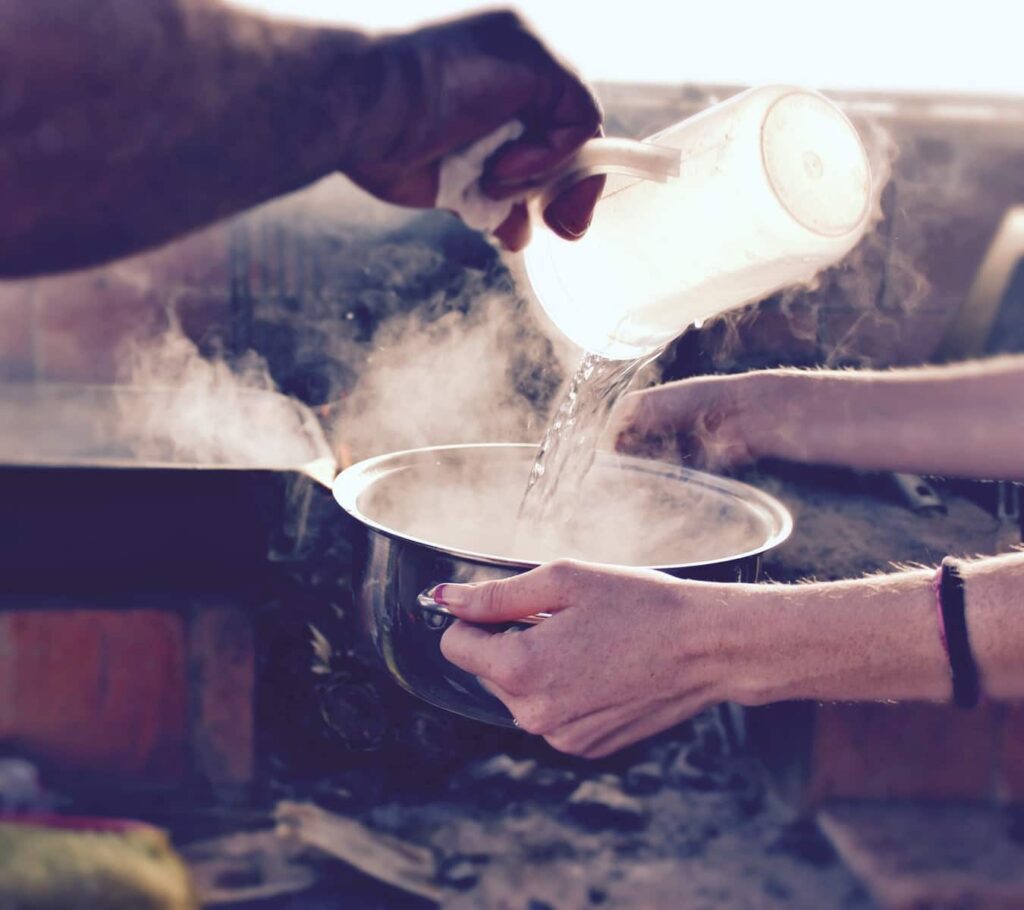
One method all of us probably know is boiling. Boiling is easy. You need a metal container, a heat source, and time to spare. While this has been known for a long time, it’s not the most practical means at home since it takes some time to boil water and even more time to wait to cool down to a drinkable temperature. But in cases when you’re left with no choice, this can help you in so many ways!
Pros
- Easy to do
- Few tools needed
- Easy access to tools
- Can purify large quantity at a time
Cons
- Takes time
- Requires a heat source
- Can’t purify while moving
Water filter
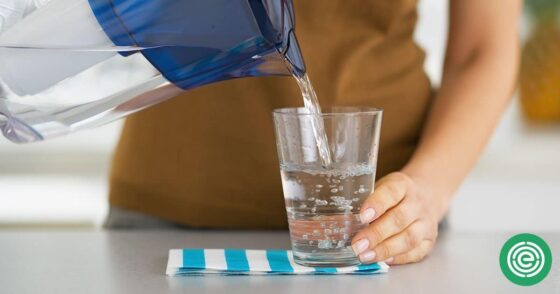
One of the easiest methods is to use a water filter. It’s small and easy to carry around, so it won’t hurt if you bring one around, especially during outdoor activities. Some great models can filter up to tens of thousands of gallons of water despite being small enough to fit in your pocket. But, of course, water filters vary in size and capabilities, so research is key!
Pros
- Quick to use
- Easy to use
- Small and portable options are available
- Filters out debris, bacteria, and other organisms
Cons
- Some filters need regular replacement
- May not filter enough for large groups
Iodine or bleach
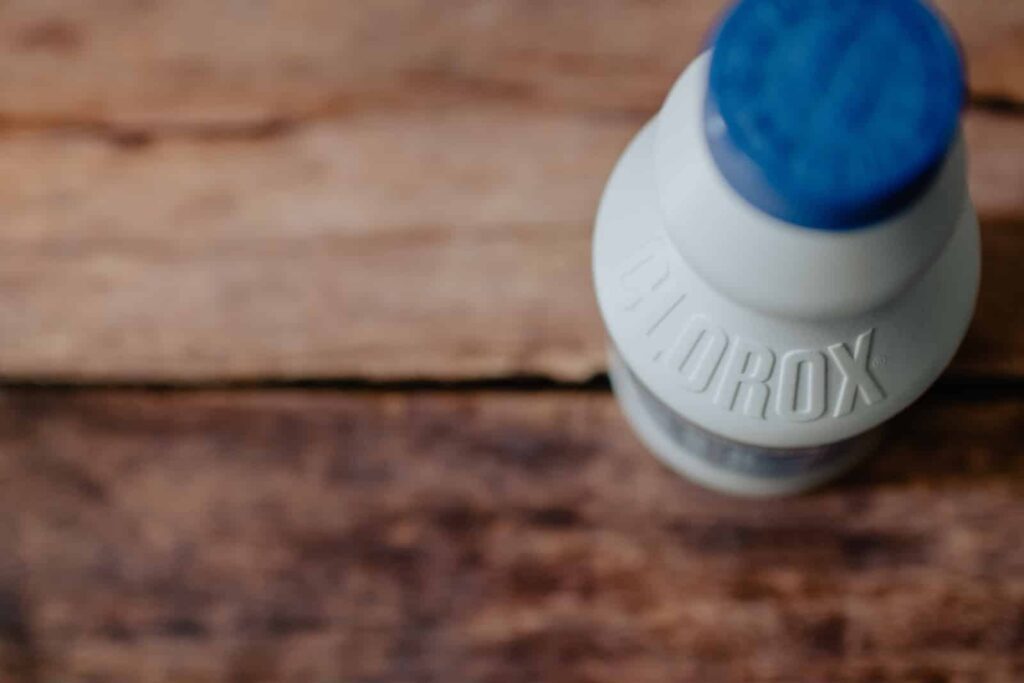
While using this method may not give you the best tasting water, what matters is having a safe supply to consume in cases of emergency. If you’re starting with clear-looking water, add ⅛ teaspoon or about 8 drops to a gallon of water. Now, if the water is cloudy, add some more bleach! Throw in ¼ teaspoon of about 16 drops in a gallon.
On the other hand, iodine is a great way to purify too! Note that iodine is sensitive to light, so it must be stored in dark containers and environments. For clear water, mix with 5 drops of iodine per quart of water or 20 drops per gallon. For a cloudy supply, put in twice as much!
Pros
- Usually readily available in your homes
- Can get you through a challenging situation
Cons
- It May result in awful taste
- Psychologically challenging to consume
Water purification tablets
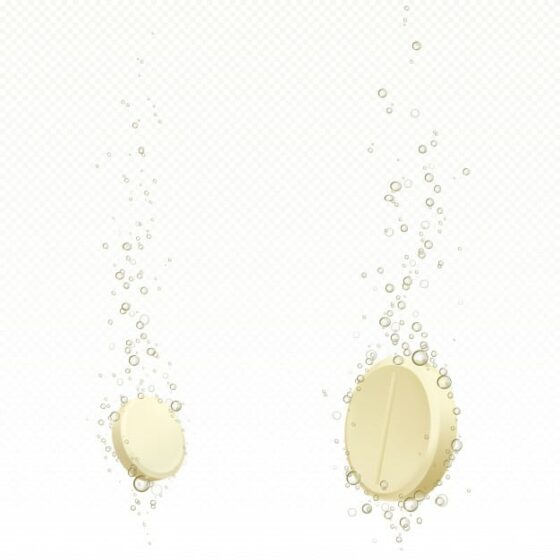
Another easy means to purify water is using water purification tablets. They typically come in bottles that house multiple doses. They are also cheap but always check the expiration date because they don’t normally last long.
Just drop the recommended amount of tables into your water, and voila, to use it! You will have purified water in no time! However, these tablets can’t filter sediments out, so using an additional filter would be an extra safe idea!
Pros
- Easy to use
- Easy to carry around or store
Cons
- Can taste awful
- Limited shelf life
- Waiting time is significant
Ultraviolet light
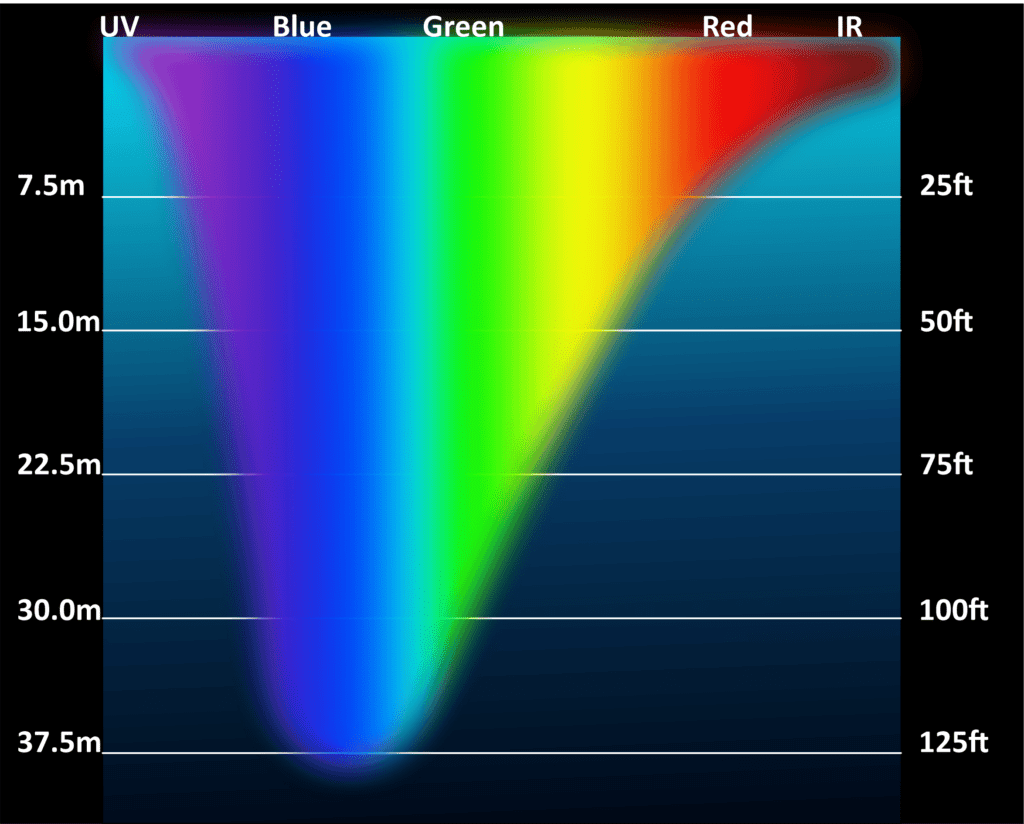
A UV filter is a minute and portable option in the form of a small lightbulb. It is inserted into the water, where it will emit UV light to kill microorganisms present. However, it cannot get rid of sediments. Also, you always have to check the battery life to ensure you get the protection you need!
Pros
- Quick and easy
Cons
- Expensive
- Battery-operated
- Cannot filter sediment out
Distillation
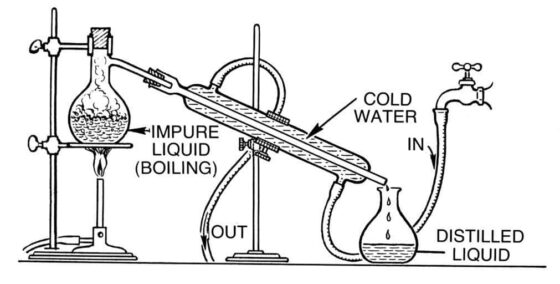
Distillation neutralizes your water. The problem with this method is that it takes a significant amount of time to distill a moderate amount of water. For a makeshift distiller, put a metal bowl in a pot of boiling water. Then, put on a big lid turned upside down to cover the pot. Condensation will form once the water boils and will drop into the bowl. Wait for it to cool down, and you’ll have safe water to consume!
Pros
- Can eradicate almost all contaminants
Cons
- Complex
- Time-consuming
- Requires equipment and knowledge
Reverse osmosis
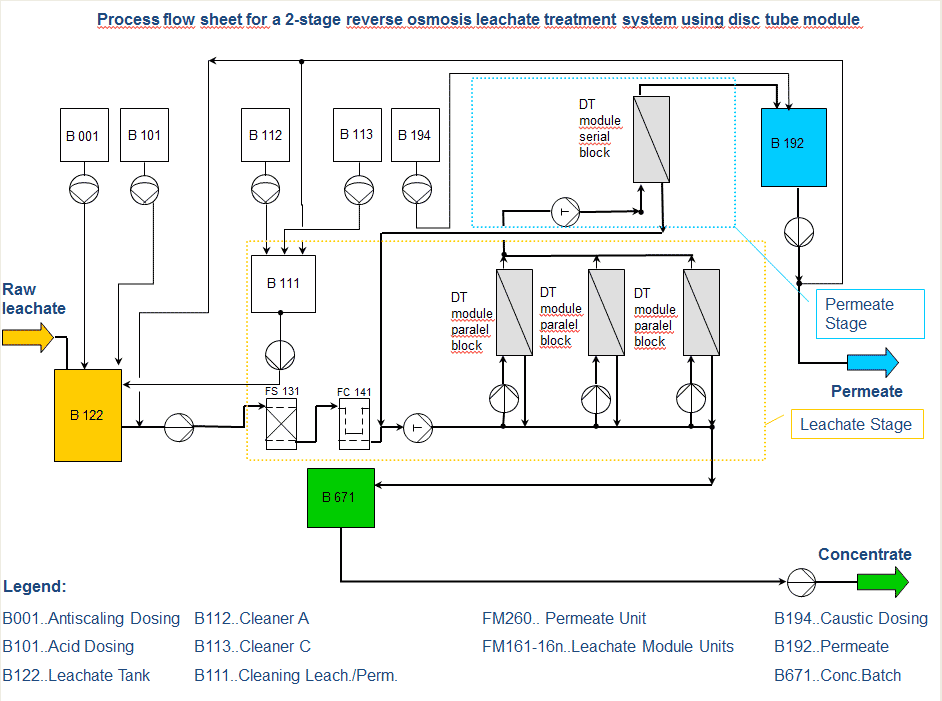
One of the best methods of purifying water is via a reverse osmosis purifier. The process forces water to pass through a semipermeable membrane to remove contaminants. Some models retain the nutrients while eradicating harmful contaminants, such as the TDS Controller and Mineraliser Technology like the one found in an A.O. Smith RO UV Water Purifier.
Solar purification
Solar purification exposes water to the sun’s UV rays for treatment. To do so, fill a plastic bottle with water, shake it for oxygen activation, and have it sit horizontally under the sunlight. The UV rays of the sun kill the bacteria and viruses present.
Clay vessel filtration
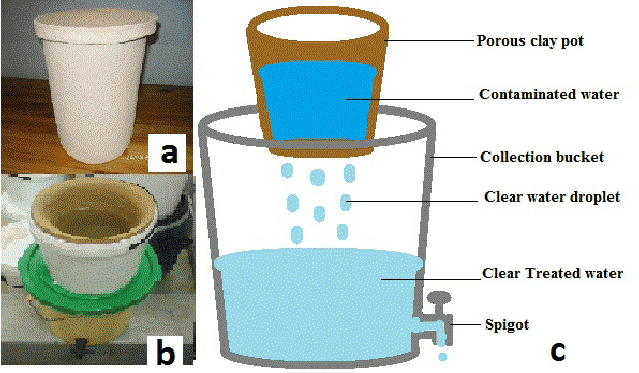
In older times, clay pots were used to purify muddy water as they blocked out the mud so only potable water could penetrate through.
Plants
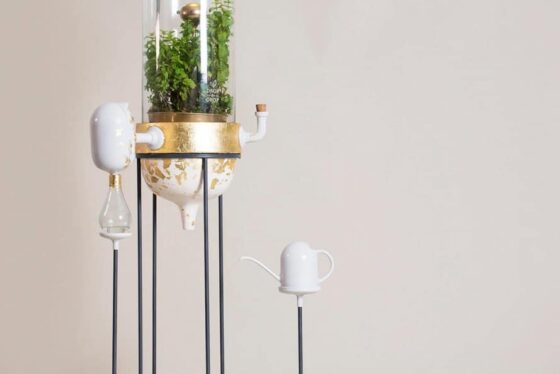
Plants, as surprising as it is, can purify or filter water. Well, a handful, at least. However, it can get tricky, and it requires a bit of expertise and a learning curve. The following are great for purifying water:
- Oregon Grape
- Moringa Oleifera
- Java Plum seeds
- Jackfruit seeds
- Reeds and bulrushes
- Fruit peels
- Banana peels
- Rice and coconuts
- Cilantro
- Plant Xylem
It can be as easy as sealing and soaking water in a bag with these plants. Oregon Grape’s inner bark also contains berberine, an antimicrobial alkaloid.
Sedimentation
By simply having your water sit and left alone for a long time, sedimentation can already occur. Doing so will allow the sediments to sink, leaving clean water on top. Just make sure to leave your water untouched and as stagnant as possible to allow this to occur naturally.
Best way to purify water
There is no single best way to purify water, especially if you’re stuck in the middle of the woods. But to prepare for such incidents, you might want to look for a portable water filter. Sawyer Squeeze is a great option as it’s small yet capable of filtering 100,000 gallons of water. But if you have no choice, boiling water is always something you can do!
Last words
While we don’t wish you any unforeseen incidents where you lose access to clean water, it still helps to be prepared! You may always go back to this article or master the methods to purify water so you can have clean water anytime and anywhere!

Jay
Jay is a health and wellness enthusiast with expertise in water quality and nutrition. As a knowledgeable advocate for holistic well-being, Jay successfully manages Type 2 Diabetes through informed lifestyle choices. Committed to sharing reliable and authoritative insights, Jay combines firsthand experience with a passion for enhancing health."
